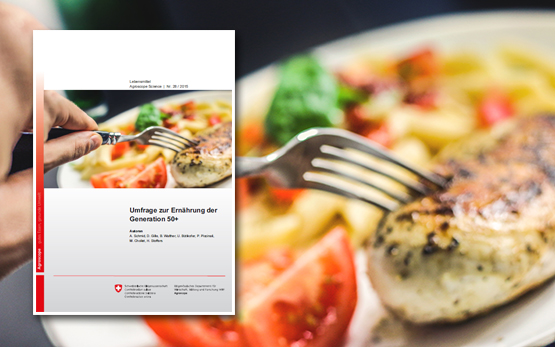Mass spectrometry has become the technique of choice for the assessment of a high variety of molecules in complex food matrices. It is best suited for monitoring the evolution of digestive processes in vivo and in vitro. However, considering the variety of equipment available in different laboratories and the diversity of sample preparation methods, instrumental settings for data acquisition, statistical evaluations, and interpretations of results, it is difficult to predict a priori the ideal parameters for optimal results. The present work addressed this uncertainty by executing an inter-laboratory study with samples collected during in vitro digestion and presenting an overview of the state-of-the-art mass spectrometry applications and analytical capabilities available for studying food digestion. Three representative high-protein foods – skim milk powder (SMP), cooked chicken breast and tofu – were digested according to the static INFOGEST protocol with sample collection at five different time points during gastric and intestinal digestion. Ten laboratories analysed all digesta with their in-house equipment and applying theirconventional workflow. The compiled results demonstrate in general, that soy proteins had a slower gastric digestion and the presence of longer peptide sequences in the intestinal phase compared to SMP or chicken proteins, suggesting a higher resistance to the digestion of soy proteins. Differences in results among the various laboratories were attributed more to the peptide selection criteria than to the individual analytical platforms. Overall, the combination of mass spectrometry techniques with suitable methodological and statistical approaches is adequate for contributing to the characterisation of the recently defined digestome.






